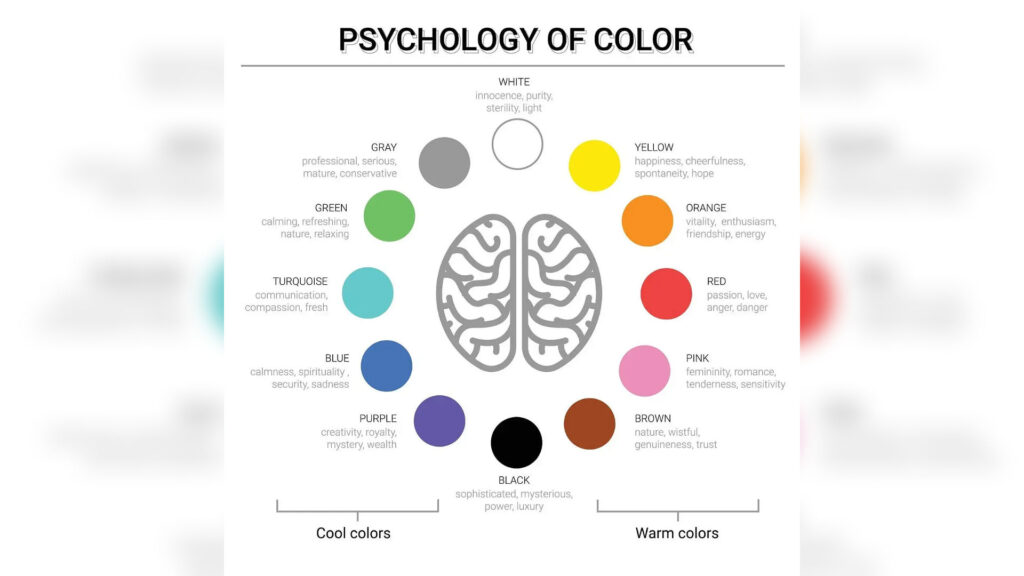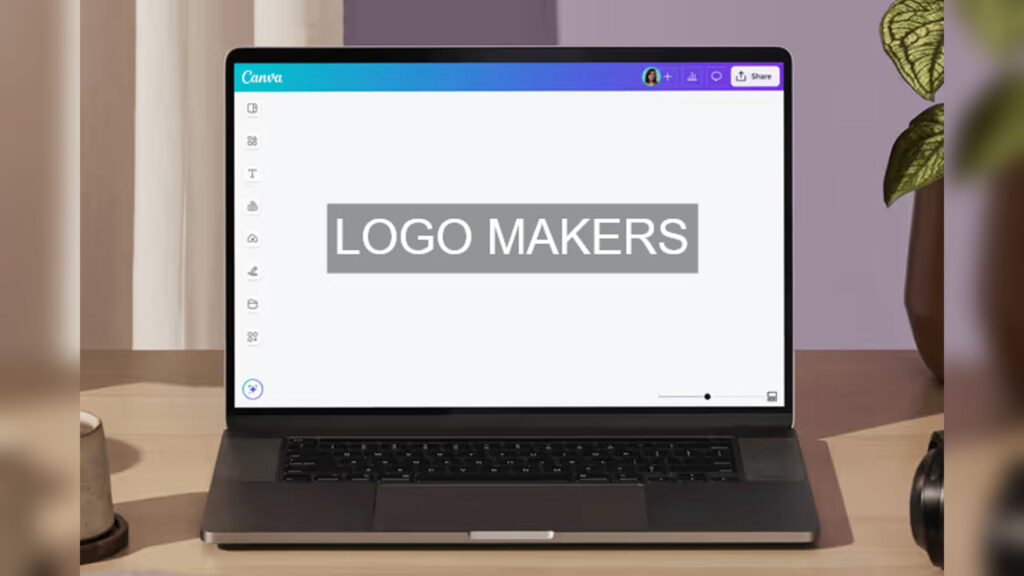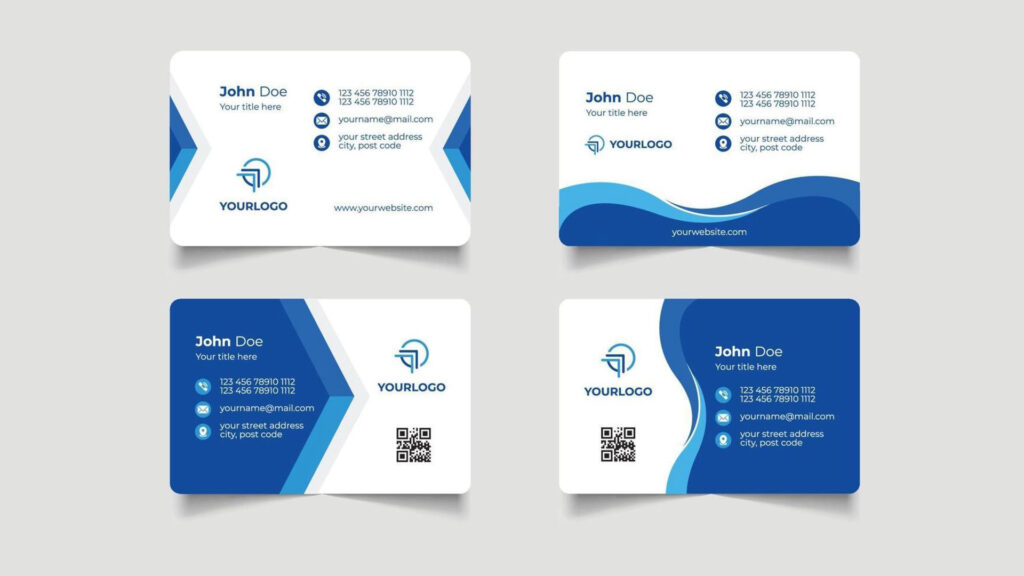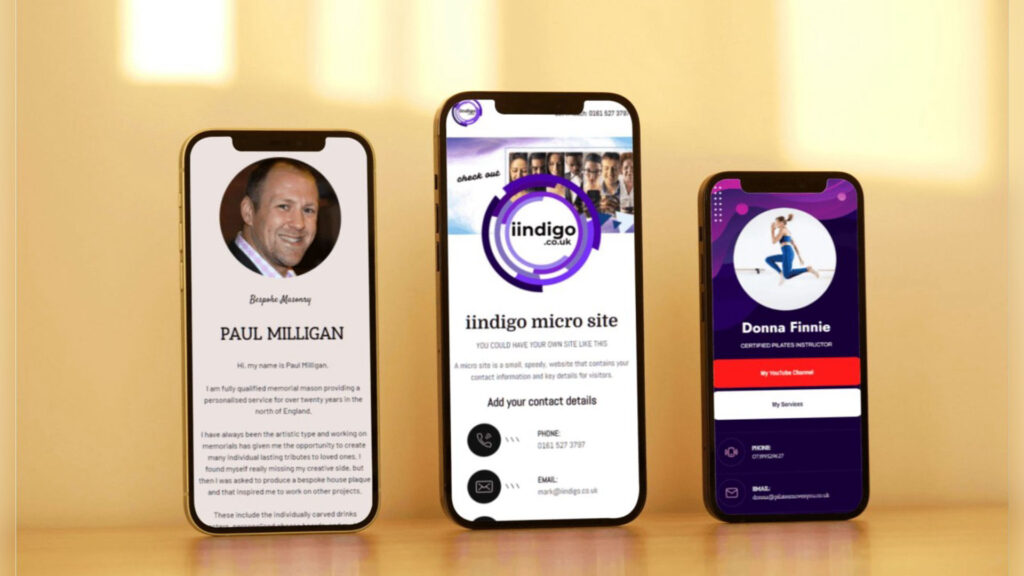Table of Contents
ToggleStay Ahead of the Game with These Top Promo Product Trends
In a competitive marketplace where brands are constantly fighting for attention, promotional products—commonly known as promo products—remain one of the most effective tools for lasting impressions. Unlike digital ads that disappear in seconds, a branded tote bag or coffee mug sticks around for weeks, months, or even years, building brand familiarity over time.
But the world of promo products is rapidly evolving. Consumer tastes, environmental awareness, technological integration, and even global supply chains are changing how businesses choose and distribute promotional items. Whether you run a startup in Nairobi, a corporate brand in Mombasa, or a growing SME in Eldoret, staying ahead of promo product trends is key to maintaining relevance and effectiveness.
This in-depth article explores today’s most impactful promo product trends and how you can leverage them to strengthen your brand, deepen customer loyalty, and boost your marketing ROI.
Why Promo Products Still Matter in 2025
Before diving into trends, it’s worth revisiting why promo products remain a top marketing strategy:
-
Tactile Engagement: People remember things they can hold, use, and see regularly.
-
Extended Shelf Life: Unlike paid ads, promo items continue promoting your brand long after distribution.
-
Brand Visibility: A branded pen or umbrella is a walking billboard.
-
Cost-Effective Reach: Bulk ordering leads to low cost-per-impression, especially in local markets like Kenya.
-
Trust Building: Giving something tangible makes your brand feel more generous and trustworthy.
Top Promo Product Trends to Watch in 2025
Consumer preferences evolve—and promo products must evolve too. Here are the key trends shaping 2025 and beyond:
1. Eco-Friendly and Sustainable Products
Sustainability is no longer just a buzzword; it’s a necessity. As more consumers, especially millennials and Gen Z, choose environmentally responsible brands, the demand for eco-conscious promo products is skyrocketing.
What’s Trending
-
Recycled notebooks and paper products
-
Biodegradable pens and utensils
-
Cotton or jute tote bags
-
Reusable straws and bamboo cutlery
-
Solar-powered gadgets
In Kenya, where climate change and waste management are critical concerns, using sustainable promo products not only appeals to consumer values but also positions your brand as a responsible contributor to the environment.
Pro Tip
Add a small message like “This product is made from 100% recycled material” to your packaging. This transparency increases perceived value.
2. Tech-Savvy Promo Products
As the world becomes increasingly digital, tech-related items have emerged as hot favorites in the promo space.
What’s Trending
-
Wireless phone chargers
-
USB hubs and drives
-
Bluetooth speakers
-
Smartphone holders for cars
-
Power banks with solar charging
Kenya’s tech adoption rate is impressive, particularly with the rise of fintech, e-commerce, and mobile-first users. Tech-based promo items not only wow recipients but also offer utility—making them more likely to be retained and used.
3. Health and Wellness-Focused Items
After the pandemic, personal health remains top of mind for consumers. Companies that promote wellness show they care about their audience beyond just profits.
What’s Trending
-
Branded face masks (still relevant in 2025)
-
Hand sanitizer bottles with logos
-
Fitness bands or pedometers
-
Infuser water bottles
-
Mini first-aid kits
Whether your business is in the healthcare, insurance, or lifestyle sector, these promo products align your brand with safety, care, and well-being.
4. Localized Cultural Products
Kenyan consumers appreciate brands that understand and reflect their culture. Promo items that tie into local pride, identity, or function make a deeper emotional connection.
What’s Trending
-
Branded lesos or kikoys
-
Custom calendars with Swahili proverbs
-
Handmade keychains from Kenyan artisans
-
Woven baskets or kiondos with logos
-
Branded shukas or Maasai-inspired fabrics
This trend is especially relevant for county-based campaigns, local events, or CSR initiatives. It blends branding with heritage, a combination that wins hearts.
5. Premium and Functional Everyday Items
Gone are the days of cheap pens and poorly printed t-shirts. Consumers now expect quality. That doesn’t mean you need to break the bank—it means offering more useful and premium-feeling products.
What’s Trending
-
Insulated travel mugs
-
Umbrellas with UV protection
-
High-quality notebooks or planners
-
Leather key wallets or card holders
-
Portable lunch boxes with compartments
A product that feels expensive—even if it isn’t—elevates your brand in the eyes of the recipient. This matters especially when targeting high-value clients or corporate partners.
6. Customization and Personalization
Generic promo products are quickly becoming outdated. In 2025, the power lies in personalized experiences. Adding names, initials, or job roles onto products makes the item feel tailor-made, increasing emotional connection.
How It Works
-
Use print-on-demand technology for quick personalization.
-
Personalize according to gender, age group, or customer category.
-
Add QR codes linked to personalized video messages or landing pages.
For example, a real estate agency in Nairobi could gift new homeowners a branded keyholder with their names engraved. The gesture is small but unforgettable.
7. Branded Apparel That’s Actually Worn
Clothing has always been a popular promo item—but trends have changed. People don’t want to wear oversized t-shirts with logos that scream “corporate gift.” They want items that blend fashion and branding.
What’s Trending
-
Minimalist branded polos
-
Caps with clean embroidered logos
-
Eco-cotton tote bags with graphic designs
-
Jackets with subtle inside-logo placements
-
Hoodies with modern, creative slogans
If your promo clothing is stylish and wearable, it becomes part of the recipient’s wardrobe—not just an occasional event outfit.
8. Hybrid Work & Office Gear
With remote work and hybrid work models still going strong in Kenya, there’s a growing demand for at-home office gear that keeps employees productive and comfortable.
What’s Trending
-
Desk organizers with branding
-
Laptop stands and webcam covers
-
Mouse pads with wrist support
-
Coffee mugs or tumblers
-
Notebooks with productivity templates
Brands that gift these kinds of products to employees or clients show that they understand the modern workspace—and care about performance and comfort.
9. QR Codes and Smart Packaging
Innovative brands are embedding QR codes onto their promo products to create a multi-dimensional experience. This trend bridges the gap between the physical and digital worlds.
How to Use
-
Link to a product demo, thank-you video, or app download page.
-
Run a digital contest or coupon campaign via QR code.
-
Track how many users scanned the code to measure ROI.
For instance, you could place a QR code on a custom notebook cover that takes users to a special landing page with a “thank you” message and discount offer.
10. Seasonal and Event-Specific Products
Tie your promo campaigns to the Kenyan calendar—school opening seasons, elections, Madaraka Day, Jamhuri Day, Christmas, or major sporting events like AFCON or the Olympics.
Examples
-
Branded school kits in January
-
Umbrellas during rainy seasons
-
Branded thermos flasks in cold months
-
Christmas ornaments with your company logo
-
Campaign wristbands or hats during election seasons
Strategic timing increases the relevance of your promo product, making it more likely to be used and remembered.
How to Use Promo Products Strategically for Brand Growth
Promo products are not about distributing random items with your logo. They’re about thoughtful branding. Here’s how to get the most out of them:
1. Define Your Objective
Are you trying to:
-
Increase brand awareness?
-
Retain loyal clients?
-
Reward employees?
-
Drive foot traffic to your booth?
-
Launch a new product?
Your goal will shape your promo strategy.
2. Understand Your Audience
A branded notebook for a student might be useless to a corporate CEO. Take time to understand your recipients’ preferences, professions, age, and values before choosing what to give.
3. Pair with a Campaign
Use promo items as part of a broader strategy—don’t hand them out blindly. Attach a QR code, run a social media contest, or bundle with a thank-you message.
4. Focus on Quality, Not Quantity
Ten well-designed, useful products will do more for your brand than a thousand cheap ones people throw away. Quality communicates professionalism.
5. Measure Your ROI
You can track promo product success through:
-
Redemption codes
-
QR scan metrics
-
Customer feedback
-
Sales spikes post-giveaway
-
Repeat orders from recipients
This way, you can determine what works—and refine your strategy going forward.
Where to Source Promo Products in Kenya
Kenya has a growing market of reliable suppliers and branding experts. Some popular options include:
-
Online marketplaces like Sky.Garden, Copia, or Jumia for pre-designed items.
-
Local branding agencies offering customization, embroidery, and large-scale printing.
-
Direct imports from China, India, or Turkey for bulk international orders (note: requires proper clearance).
-
Sustainable local artisans for handmade, culturally relevant items.
Be sure to vet quality, delivery times, and previous client feedback before committing.
Final Thoughts: Stay Ahead, Stay Strategic
Promo products may seem simple, but in a marketing landscape flooded with digital noise, their tactile value is more powerful than ever. A single well-branded item can trigger word-of-mouth referrals, social media shares, repeat sales, and long-term loyalty.
In 2025, Kenyan brands that want to stand out need to go beyond pens and t-shirts. Think sustainability. Think personalization. Think culture. Think utility.
When done right, promo products are not just giveaways—they are powerful brand statements.
























































